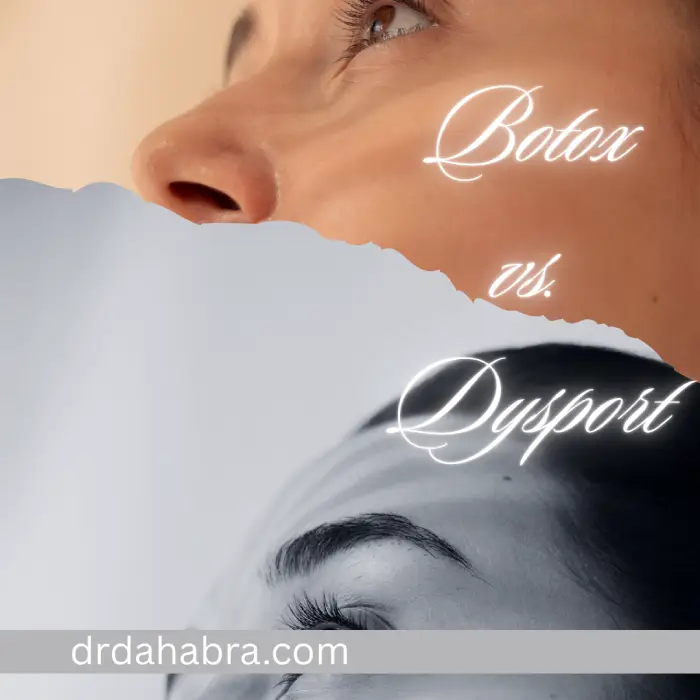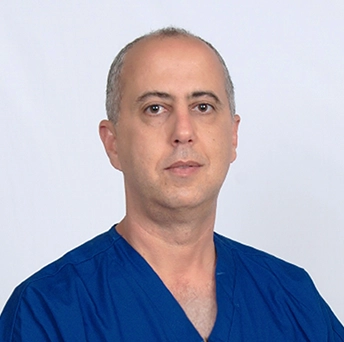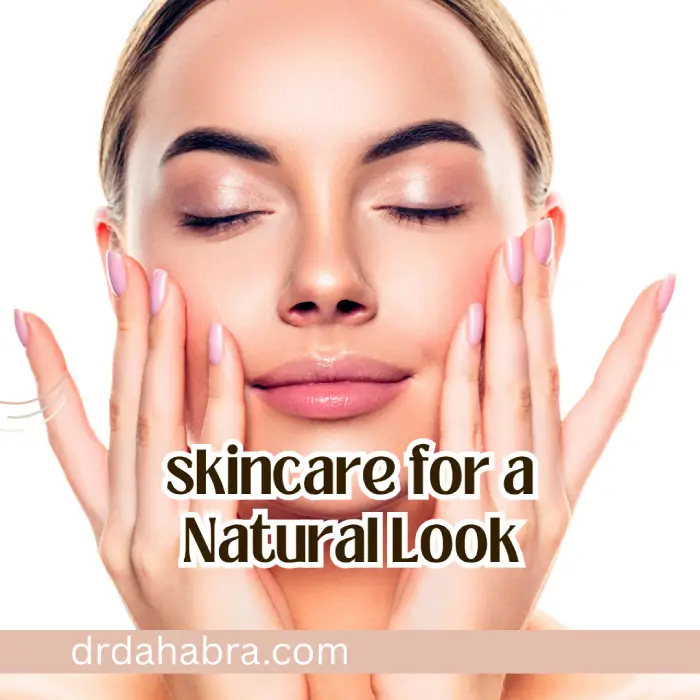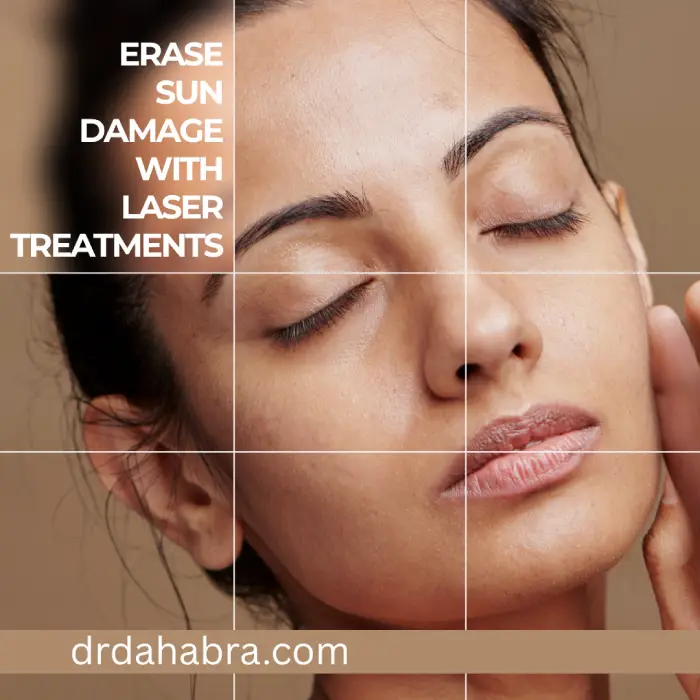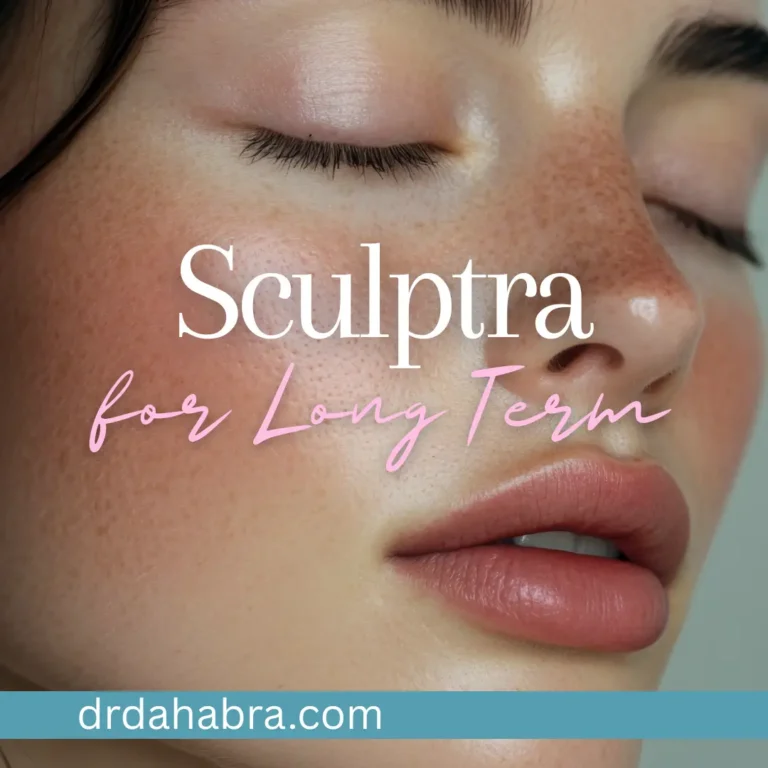Botox vs. Dysport: Which Neurotoxin Is Right for Your Wrinkle Reduction Goals?
If you’re looking in the mirror and spotting those persistent “11 lines,” crow’s feet, or forehead creases, you’re not alone, and you might be wrestling with two big questions.
First: Is my current wrinkle‑reduction plan really working?
And second: Which injectable neurotoxin is best for me?
One common pain point: you went ahead with treatment, but your lines returned quicker than expected. Perhaps the result faded in 10‑12 weeks instead of the promised 3‑4 months. That can feel like a wasted investment.
Well, you’re in luck: we’ve got the solution for those exact problems.
Side‑by‑Side Comparison
Here’s how we’ll proceed: we’ll compare efficacy (onset, diffusion, precision), cost (especially using Plantation Med Spa’s pricing as a reference), and longevity. Then you’ll be equipped to choose the right neurotoxin for your wrinkle‑reduction goals.
1. Efficacy: Onset, Spread & Precision
- Botox is a well‑known household name. It uses onabotulinumtoxinA and is approved for several areas (glabellar lines, crow’s feet, forehead lines).
- Dysport uses abobotulinumtoxinA and is known for a slightly faster onset and greater diffusion/spread across a treatment area.
- For example, one article says Dysport may begin showing effects within ~2‑3 days, whereas Botox may take ~4‑7 days.
- Because Dysport diffuses more, it may be better for larger areas (like the forehead), but perhaps less ideal for precise targeting (e.g., a tiny area around the eye), where Botox’s more confined action is an advantage.
What this means for you:
If you have a broad area of dynamic wrinkles (forehead + brows) and want quicker, more visible smoothing, Dysport might be your choice. If you’re focused on precision (crow’s feet, small zones) and want tight control, Botox may be preferable.
2. Cost: What You’ll Pay (Using Plantation Med Spa as Benchmark)
According to the Plantation Med Spa price list:
- Botox is listed at US$11/unit.
- Dysport is listed at US$5.55/unit, with the note “typically more units needed.”
- They also note that, for Botox, the typical total cost per treated area ranges from about US$200 to US$600 (depending on units/area) in their local market.
Important nuance:
Although Dysport is cheaper per unit, you generally need more units to achieve the same clinical effect (because unit conversion is different). Numerous sources say about 2.5-3 Dysport units ≈ , 1 Botox unit.
So, you might look at $5 × (say, three units) = $15, equivalent to $11 for 1 unit of Botox, but the total number of units for each brand is often different, so the “total treatment cost” often ends up quite similar.
What this means for you:
If you’re budgeting, don’t just compare “$ per unit” unthinkingly. Ask how many units your provider anticipates for your area, and what the total cost will be. At Plantation Med Spa, the per‑unit prices give a rough ballpark: Botox ~US$11, Dysport ~US$5, though you’ll likely need more units of Dysport.
3. Longevity: How Long the Results Stick Around
- Many sources say both Botox and Dysport last around 3‑4 months (roughly 12‑16 weeks) for most people.
- Some reports say Botox may last up to 4‑6 months in some individuals, while Dysport may last up to ~5 months or so, but this is highly variable.
- A specific study article says that while Dysport may have a slightly faster onset, it does not consistently last longer than Botox; for most people, both fall into the 3‑4 month window.
What this means for you:
Expect to schedule maintenance every ~3‑4 months to maintain wrinkle reduction. If you’re budgeting long‑term, factor in this recurring investment. Don’t assume one brand gives you “twice the duration”, realistically, most clinics treat both as 3‑4 months average.
So, you have two excellent options for wrinkle reduction, Botox and Dysport. The real choice isn’t “one is always better” but rather “which is better for your specific goals & facial anatomy?” Whether you’re prioritizing cost efficiency, treatment area size, onset speed, or precision, you’re in a position to make an informed choice. No need to worry, we’re here to help you pick the right one with confidence.
Ready to smooth those dynamic lines and refresh your look? Book a consultation with a qualified injector who can assess your wrinkle patterns and facial anatomy, and discuss whether Botox or Dysport is best for you. Don’t wait, your smoother skin plan starts now.
3 Big Benefits of Choosing Our Wrinkle‑Reduction Service
- Natural‑looking results you’ll feel comfortable with – We help you soften your expression lines without freezing your face, so you still look like you, just rejuvenated.
- Better value for your investment – With transparent pricing and tailored treatment plans (units + brand choice), you get premium results without unexpected costs.
- Convenient, low‑downtime revitalisation – The procedure is quick, requires minimal recovery, and you’re back to your routine almost immediately, ideal for busy lifestyles.
So, what would you choose?
Both Botox and Dysport are highly effective neurotoxins for wrinkle reduction with comparable longevity and costs. Choose Botox for precise, targeted treatments in smaller areas with established brand recognition, or select Dysport for faster-acting results across larger treatment areas. Ultimately, consultation with a board-certified provider who can evaluate your facial anatomy and aesthetic goals will ensure optimal results.
References
A review of the longevity of the effect of botulinum toxin in wrinkle treatments
Source: G. Wright, A. Lax, S. B. Mehta – British Dental Journal, 2018.
Summary: This review examined published data on the duration of botulinum toxin type A treatments in facial aesthetic applications (especially glabellar lines). They found that the effect typically lasts 3‑4 months, occasionally up to 6 months.
Conversion ratio between Dysport and Botox in clinical practice: an overview of available evidence
Source: Roberta Ravenni, Domenico De Grandis, Alberto Mazza – Neurological Sciences, 2013.
Summary: This paper reviews the evidence for conversion ratios (units) between abobotulinumtoxinA (Dysport) and onabotulinumtoxinA (Botox) across conditions (spasticity, dystonia, etc.). They suggest a ratio of ~3:1 (Dysport : Botox) is generally appropriate.
Source: M. Field et al. – Toxins, 2018.
Summary: This research compared the actual amount of 150 kDa neurotoxin protein in various BoNT‑A commercial products, showing that unit‑based comparisons are not straightforward and that potency units differ across brands (Dysport, Botox, Xeomin).
Source: Y. Han et al. – Journal of Neurology, 2016.
Summary: Using network meta‑analysis methods, this study found that all five BoNT‑A preparations were effective for cervical dystonia and that there was no significant difference in efficacy among Dysport, Botox, and the others at the 4‑week mark.
Source: Ghazal Ghochani et al. – Aesthetic Plastic Surgery, 2025.
Summary: In this double‑blind RCT, Masport and Dysport were compared in adults with glabellar, crow’s feet, and forehead lines. Results: both decreased wrinkles and remained significantly lower than baseline until week 12; by week 16, the effects were no longer different from baseline. The onset and duration were similar.
Source: B. Guinevere Smith et al. – (King’s College London), 2018.
Summary: Very similar to (1). The study focused more narrowly on glabellar frown lines and found a typical duration of effect of 3‑4 months, occasionally up to 6 months. It also emphasises the lack of standardised definitions of “duration of effect”.
Comparison of Botulinum Neurotoxin preparations for the treatment of spasticity: A systematic review
Source: M. A. Chapman et al. (ScienceDirect) 2007.
Summary: Although not purely cosmetic, this review compared various BoNT‑A preparations, including Botox vs Dysport, in spasticity; findings included differences in dysphagia rates when using different toxins (Botox vs Dysport). Highlights that clinical uses beyond aesthetics also inform comparative efficacy.
Low‑dose efficacy of Botulinum toxin type A for axillary hyperhidrosis
Source: M. Heckmann et al. – JAMA Dermatology, 2005.
Summary: This multicenter double-masked trial showed BoNT‑A (Botox) was effective and safe for axillary hyperhidrosis; the mean effect lasted 4‑9 months. While not directly wrinkle-reducing, it illustrates the longevity of BoNT‑A effects in human use.
Source: (Journal of Clinical and Aesthetic Dermatology) – online article.
Summary: This overview article describes available neuromodulators (Botox, Dysport) in aesthetic medicine, dosage, spread/diffusion differences, practical usage (e.g., 10 U Botox vs 30 U Dysport in neck bands)‑‑offering clinical context for cost/units/effectiveness.
Does Dysport Last Longer Than Botox? Duration Comparison
Source: AdvancedDermChi blog article (August 2025) – not strictly a peer‑review but referencing research.
Summary: This article summarises available research and states that both Dysport and Botox typically last about 3‑4 months for most patients; individual experiences vary significantly. Useful for longevity discussion, though with lower academic rigour.
